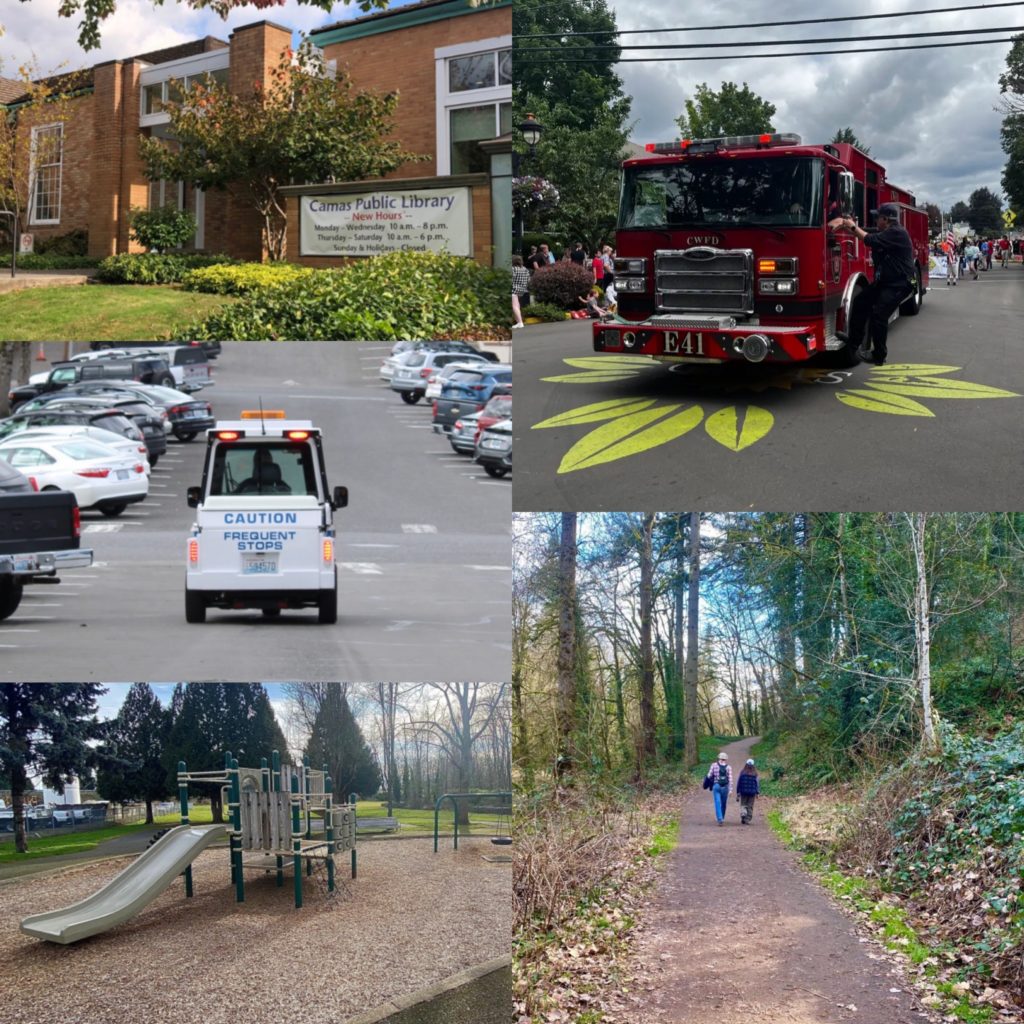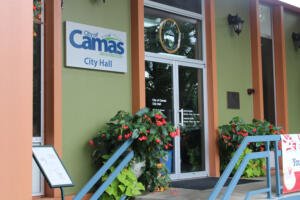In the run-up to approving the city of Camas’ 2023-24 biennial budget by the end of this year, members of the Camas City Council are taking a deep dive into the staff positions, equipment and projects listed as most critical by the city’s department heads.
The Council has already taken a “high level” look at $73 million worth of capital and operating expenses Camas Mayor Steve Hogan could include in his proposed 2023-24 budget, and plan to have more in-depth conversations — including possible revenue sources for each request — over the next few months.
“We start out at a very high level and put out a lot of information,” the city’s finance director, Cathy Huber Nickerson, told Council members in early August. “As the budget process gets closer and closer, we fine-tune it … as we get closer to adoption, we will marry up the revenues and expenditure — are they sustainable? — and also look at other options available to Council. We try to whittle it down for you … and we break it down into types of expenditure sources, types of revenue sources, to help Council and the public understand.”
Council members in Camas are not used to seeing all of the department heads’ various needs and wants so well in advance of the mayor’s proposed biennial budget, which will come out in October, but Mayor Hogan said during the Council’s Aug. 1 workshop that he wanted to give city officials and the community more information going into the 2023-24 budget process.
“What I asked staff to do was to list everything they needed instead of thinking, ‘Oh, what can we afford?’” Hogan told the Council on Aug. 1. “We have found ourselves in a situation where we could only afford ‘X, Y, Z’ in the past and now we have (critical infrastructure needs).”
The mayor asked his department heads to list all of the items that would help move the city forward and address pressing issues with staffing, equipment, building needs and projects the community has deemed important.





